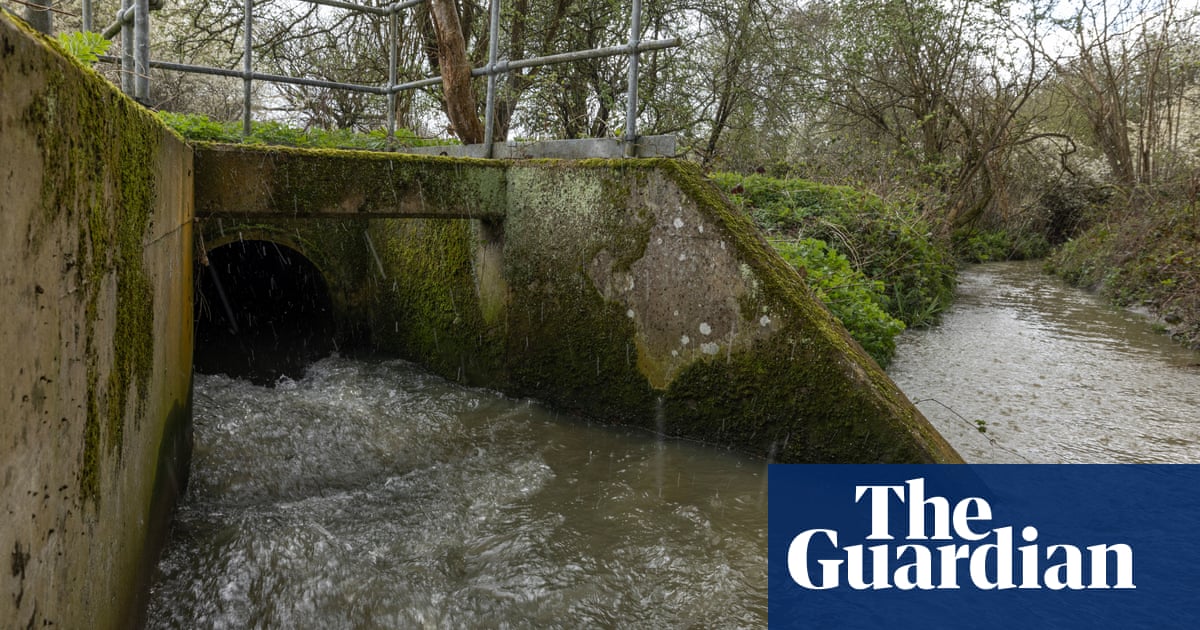Since 2020, Thames Water has discharged a minimum of 72 billion litres of sewage into the River Thames.

Recently released data shows that Thames Water has discharged a minimum of 72 billion litres of sewage into the River Thames since 2020, which is approximately equivalent to 29,000 Olympic swimming pools.
Water firms have no legal obligation to report the amount of sewage discharged, only the number of hours that it was released. But campaigners argue this data is insufficient as this does not properly quantify how much sewage is in England’s rivers.
The Liberal Democrats obtained the data through an environmental information request and are urging water companies to be more open about sewage spillage.
In many regions, there are no devices for measuring volume. However, Thames Water utilizes sewage monitors in certain locations to track volume. These monitors were implemented during the construction of the Thames Tideway and are currently the only known devices of their kind in the country. As they do not cover the entire network, it is probable that a larger amount of sewage was released than what was measured.
In the previous year, the Thames experienced a discharge of at least 14.3 billion litres of sewage, with the highest amount occurring in 2021 at a minimum of 32 billion litres.
The location most heavily impacted by sewage discharge was Mogden near Twickenham, with a total of 17.1 billion litres released into the river. This area is home to a nature reserve, unique animals, and popular swimming and boating spots. Close behind was Crossness in east London, which saw 15.8 billion litres of sewage spilled.
Liberal Democrat MP for Twickenham, Munira Wilson, believes that Thames Water should be dissolved and replaced with a “public good company” led by environmentalists. This new company should prioritize the environment over profits.
The statement expressed that the recent shocking revelations highlight the need for Thames Water to be held accountable. It is unacceptable that Conservative officials are choosing to ignore the issue and allow Thames Water to continue their actions. The government’s inaction is resulting in polluted rivers and excessive profits for water company executives. It is time for water companies to prioritize the environment over profit, as their actions are causing harm to our rivers and the creatures that inhabit them.
The Environment Agency has fined Thames Water a total of £35.7m for causing pollution incidents between 2017 and 2023. Recently, the company was fined £3.3m for releasing untreated sewage into rivers, resulting in the death of over 1,400 fish. Thames Water plead guilty to four charges in a prosecution by the Environment Agency.
“Skip the promotional newsletter.”
after newsletter promotion
Wilson stated that it is important for water companies to track the amount of sewage being released, rather than just the duration of the release. She expressed her concern that this issue is only scratching the surface.
”
As the majority of sewage monitors are incapable of accurately measuring the amount of sewage being discharged, it is estimated that this number could reach into the trillions. Water companies are installing monitors that are not equipped to handle this task and conceal the actual extent of their unsanitary sewage practices.
The government ought to mandate that Thames Water install new sensors to track the amount of sewage being released. This would help identify the locations that are most in need of protection from this harmful action.
A spokesperson from Thames Water stated that their EDM monitoring equipment is not capable of measuring volumes and was not designed for that purpose. They do, however, release “near real-time data” on the duration of sewage discharges for each of their 468 permitted locations through their dedicated website. They have the capability to calculate the volume discharged at a few sites related to the Tideway Tunnel, but this is not done regularly across all sites. The main focus is on preventing the need for these discharges, and plans have been published to upgrade more than 250 sewage treatment works and sewers.
Source: theguardian.com



